This article was medically reviewed by Theodore Leng, MD. Dr. Leng is a board certified Ophthalmologist and Vitreoretinal Surgeon and an Assistant Professor of Ophthalmology at Stanford University. He completed his MD and Vitreoretinal Surgical Fellowship at Stanford University in 2010. Dr. Leng is a Fellow of the American Academy of Ophthalmology and the American College of Surgeons. He is also a member of the Association for Research in Vision and Ophthalmology, the Retina Society, the Macula Society, the Vit-Buckle Society, as well as the American Society of Retina Specialists. He received the Honor Award by the American Society of Retina Specialists in 2019.
There are 13 references cited in this article, which can be found at the bottom of the page.
wikiHow marks an article as reader-approved once it receives enough positive feedback. In this case, 80% of readers who voted found the article helpful, earning it our reader-approved status.
This article has been viewed 476,006 times.
Experts say that while eye strain is common, it's usually not anything to worry about. If you're noticing that your eyes feel tired, dry, or sore more often, or if you're experiencing headaches when you focus for long periods on a computer or other device, there are many potential remedies to try. Research shows that even simple adjustments like changing your lighting or taking more frequent breaks from your computer screen may help.[1] If your symptoms persist, it's a good idea to see an optometrist or ophthalmologist for a complete eye exam.
Steps
Environment Adjustments
-
1Change your lighting. Turn off any harsh lights, extra lights, or fluorescent light bulbs. These can make your eyes work harder to adjust and long exposure to bright light will overstimulate your eyes and body.[2] Create a comfortable lighting environment by changing your bulbs to soft/warm varieties. Use dimmer switches to adjust the level of lighting, which can then be personalized by everyone in your household.[3]
- Natural lighting can cause a glare on the computer monitor, increasing eyestrain. Be sure to use an anti-reflective screen to reduce glare.
-
2Adjust your monitor's glare, brightness, and contrast. If you work or study for long periods of time in front of a computer monitor or screen, make sure the monitor is not too close to your eyes—keep it 16 to 30 inches (41 to 76 cm) away. Adjust the settings for brightness and contrast until you're comfortably viewing the screen.[4]
- Reduce glare with a glare reduction filter or by closing blinds or drapes.
Advertisement -
3Try computer glasses. Lenses designed for computer use are progressive and can help you focus on a screen without straining your eyes. Talk to your eye doctor about getting a pair to reduce your eye strain.[5]
- Unfortunately, there’s no evidence that blue-light-blocking glasses are effective for reducing eye strain.
-
4Hold a warm compress over your eyes. If your eyes feel itchy or irritated, a warm compress might soothe them. Soak a clean washcloth in warm water and wring out the excess. Lay the cloth over your eyes for a few minutes to get some relief.[6] Try this daily to see if it helps.
Dry Eye Relief
-
1Understand how tears moisturize your eyes. A major cause of eye strain is dry eyes. Tear film is made up of 3 layers: oil/lipid (fat), water, and mucus. A problem with any of these layers can cause dry eyes. Once you understand what each layer does, you can narrow down potential problems that are causing your dry eyes. The parts of the tear film have the following functions:[7]
- Mucous layer: This lowest layer is the base and keeps tears in your eyes so they don't spill out.
- Water layer: This middle layer cleans your eyes.
- Oil/lipid (fat) layer: This outer layer is smooth and prevents tears from drying too fast.
-
2Use artificial tears. If your eyes feel dry after reading, knitting, or staring at the computer for a particularly long time, try an artificial tear product. There are many brands available, and you may need to experiment to find the right type for you.[8]
- Preservative-free drops can reduce the risk of allergy or sensitivity of already dry eyes.
-
3Try a gel or ointment. Gels and ointments may work better than artificial tears. Ask your ophthalmologist or pharmacist to suggest a product that will treat your symptoms. Typically, you’ll apply gel drops throughout the day, or an ointment at night, to relieve dry eyes.[9]
-
4Add humidity to your environment. Dry air can contribute to dry eyes. Get a humidifier and place it next to your desk to help add moisture to the air. This is especially useful if you live in a cold climate and use a heater often.[10]
- Keep the humidity level in your home between 30 and 50%.
Prevention
-
1Protect your eyes from things that dry them out. Avoid exposing your eyes directly to air, like a car heater, hair dryer, or air conditioner. Point vents away from you and wear wraparound sunglasses outside. Protecting your eyes can keep moisture in them.[11]
-
2Eat more foods with Omega-3 fatty acids. Since tears are made up of water, mucous, and fat, increasing oils and water can moisturize your eyes. Omega-3 fatty acids have been shown to help tear integrity, increasing tear stability.[12]
-
3Blink often. Blinking helps freshen your eyes by spreading tear film evenly throughout your eye. This can relieve eye strain due to dry eye. It's especially important to remember to blink if you focus on a computer screen or monitor for much of the day. Blinking every time you remember to, or remembering to take a break every 15 minutes can help relieve eye strain symptoms.[13]
- Every 20 minutes, focus on something 20 feet (6.1 m) away for 20 seconds to reduce eye strain.[14]
-
4See an ophthalmologist if home treatments don’t help. If you aren’t getting relief from OTC products, you have chronically tired eyes, or have alarming symptoms along with fatigued eyes, make an appointment with an eye doctor. They’ll be able to determine the cause of your eye strain and diagnose any eye-related conditions that may be contributing to it. They can also prescribe stronger drops or ointments, as needed.[15]
Warnings
- If after trying these methods you still suffer from discomfort of your eyes, contact your ophthalmologist or optometrist for an eye examination.⧼thumbs_response⧽
References
- ↑ https://my.clevelandclinic.org/health/diseases/21059-eye-strain
- ↑ https://www.aao.org/newsroom/news-releases/detail/protect-your-eyes-from-too-much-screen-time
- ↑ https://onlinelibrary.wiley.com/doi/full/10.1111/cxo.12798
- ↑ https://www.aoa.org/healthy-eyes/eye-and-vision-conditions/computer-vision-syndrome?sso=y
- ↑ https://www.aao.org/newsroom/news-releases/detail/protect-your-eyes-in-home-office
- ↑ https://www.optometrists.org/general-practice-optometry/guide-to-eye-conditions/dry-eye/natural-remedies-for-dry-eyes/can-warm-compresses-help-dry-eyes/
- ↑ https://www.aao.org/eye-health/diseases/what-is-dry-eye
- ↑ https://www.aao.org/eye-health/treatments/lubricating-eye-drops
- ↑ https://www.aao.org/eye-health/treatments/lubricating-eye-drops
- ↑ https://www.aao.org/newsroom/news-releases/detail/protect-your-eyes-in-home-office
- ↑ https://www.aoa.org/healthy-eyes/eye-and-vision-conditions/dry-eye?sso=y
- ↑ https://www.aao.org/eye-health/tips-prevention/does-fish-oil-help-dry-eye
- ↑ https://www.aoa.org/healthy-eyes/eye-and-vision-conditions/computer-vision-syndrome?sso=y
- ↑ https://www.aao.org/eye-health/tips-prevention/computer-usage
- ↑ https://www.aao.org/eye-health/treatments/lubricating-eye-drops
- ↑ https://www.aao.org/eye-health/tips-prevention/smokers
- ↑ https://www.health.state.mn.us/people/handhygiene/why/5ways.html
About This Article
If you get eyestrain after staring at a screen or other objects for too long, there are a few ways to help get rid of it. Try holding a cool, damp washcloth over your closed eyes for a few minutes. If you have bright lights in the room, turn them off or dim them if you can. Preventing eyestrain in the first place is also relatively easy. If you’re using screens for long periods of time, make sure you take a break every 15 minutes to rest your eyes. You can also try moving your monitor further away and turning the brightness down to reduce your eyestrain. Another thing you can do is use artificial tears whenever you get eyestrain. These are over-the-counter eye drops that help keep your eyes from drying out. For more tips from our Optometry co-author, including how to strengthen your eyelids through simple exercises, read on!
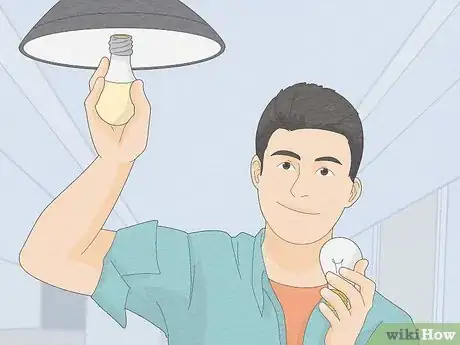
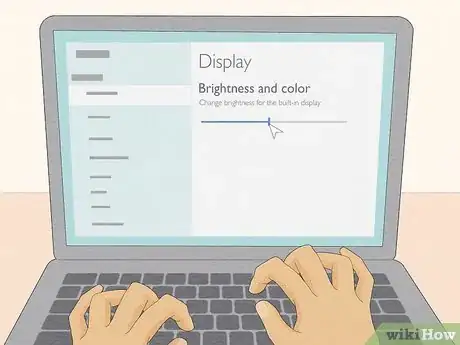

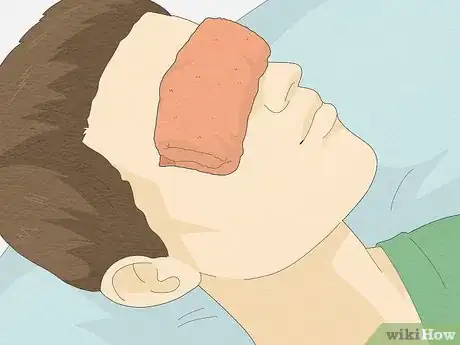
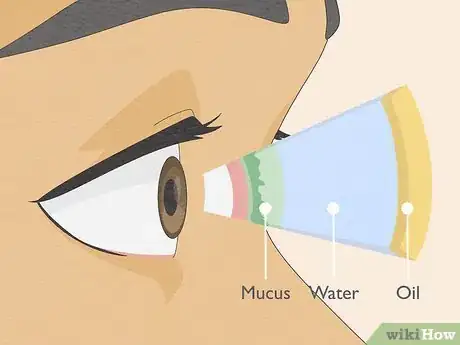

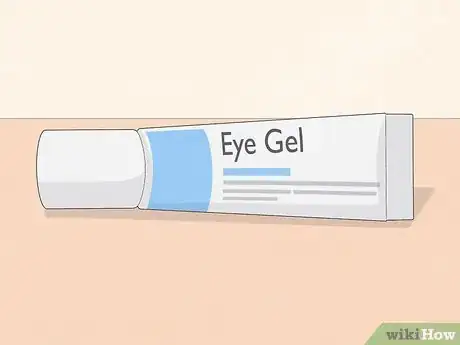
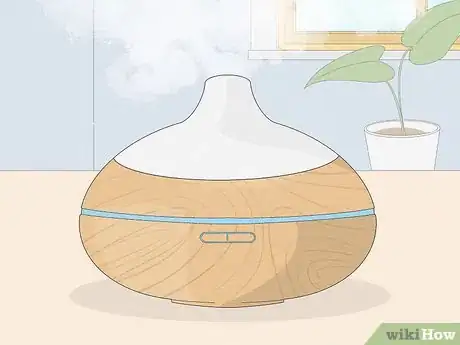
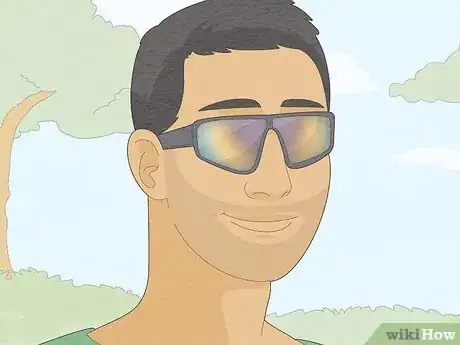
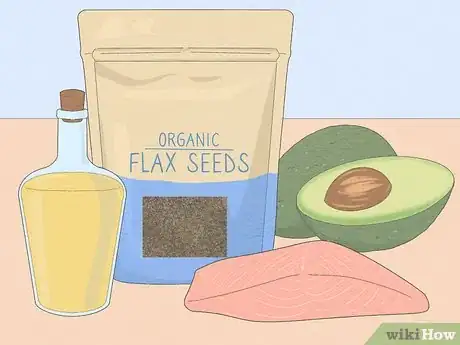
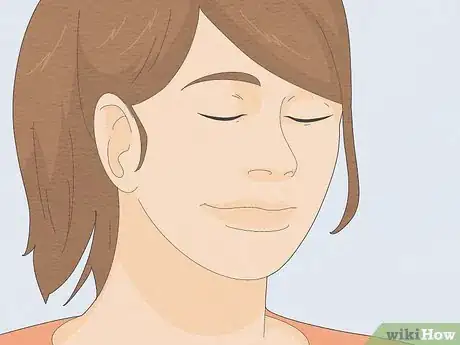
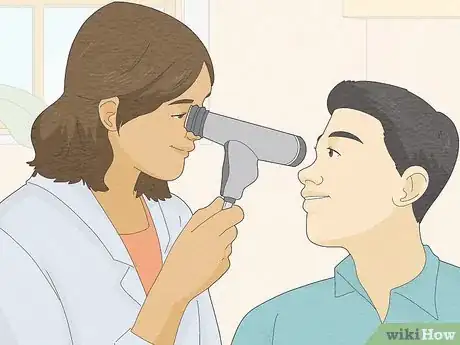
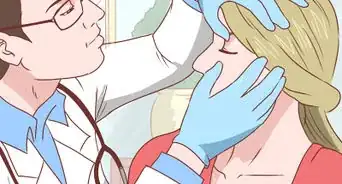

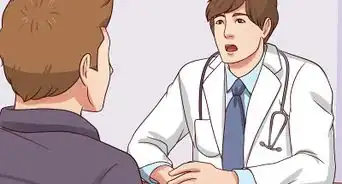

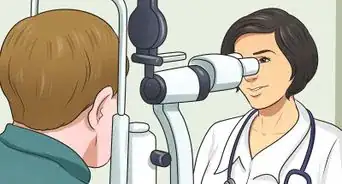
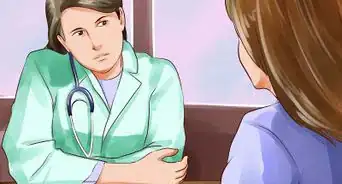
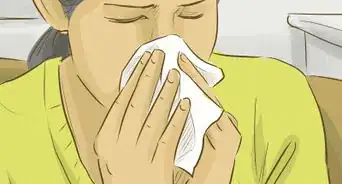
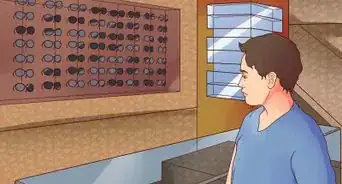
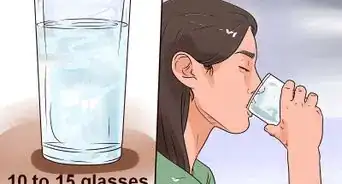
-Step-3.webp)












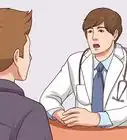




































Medical Disclaimer
The content of this article is not intended to be a substitute for professional medical advice, examination, diagnosis, or treatment. You should always contact your doctor or other qualified healthcare professional before starting, changing, or stopping any kind of health treatment.
Read More...